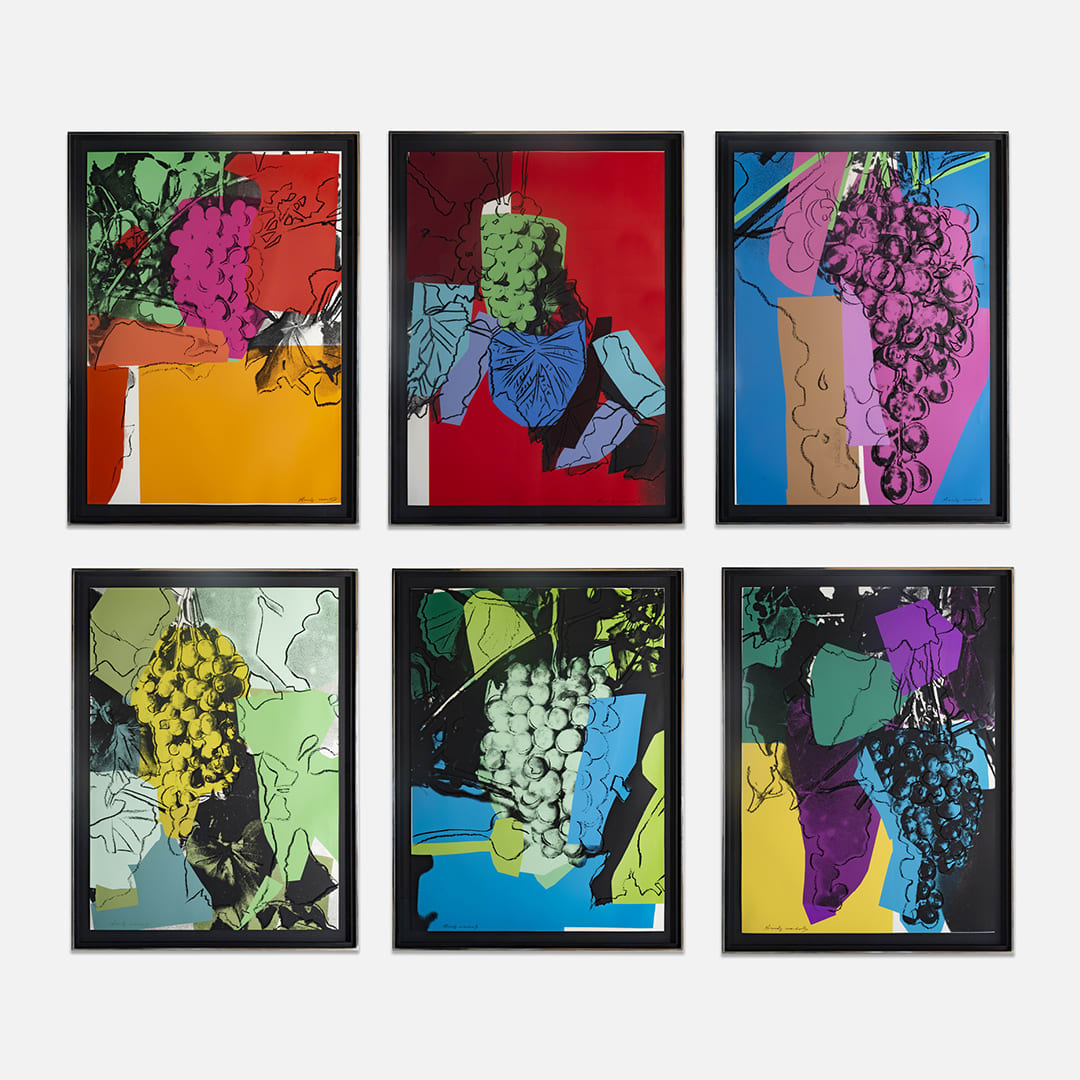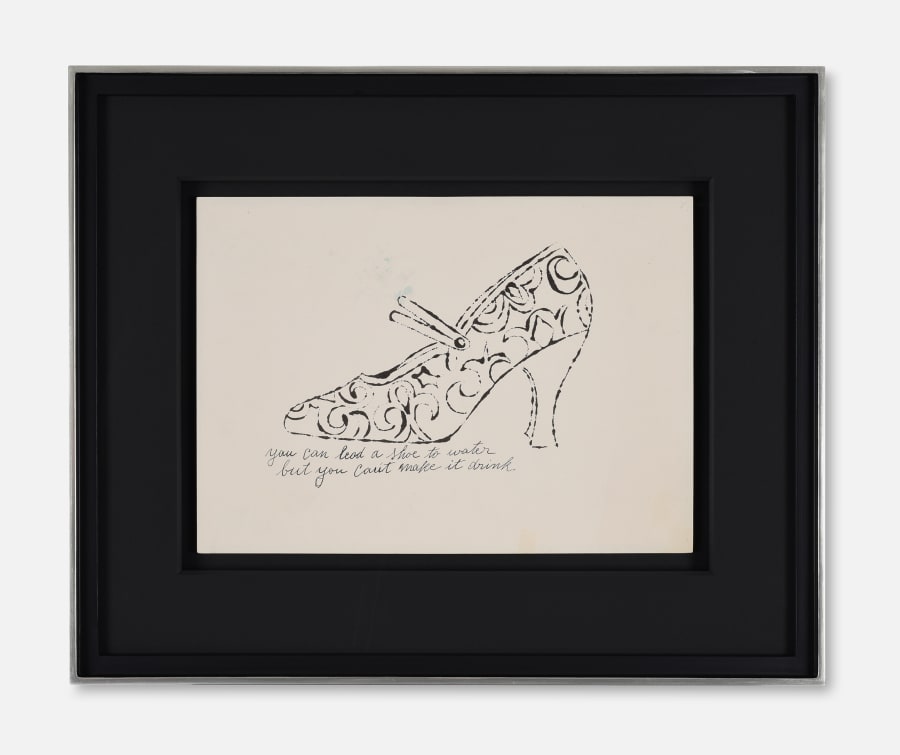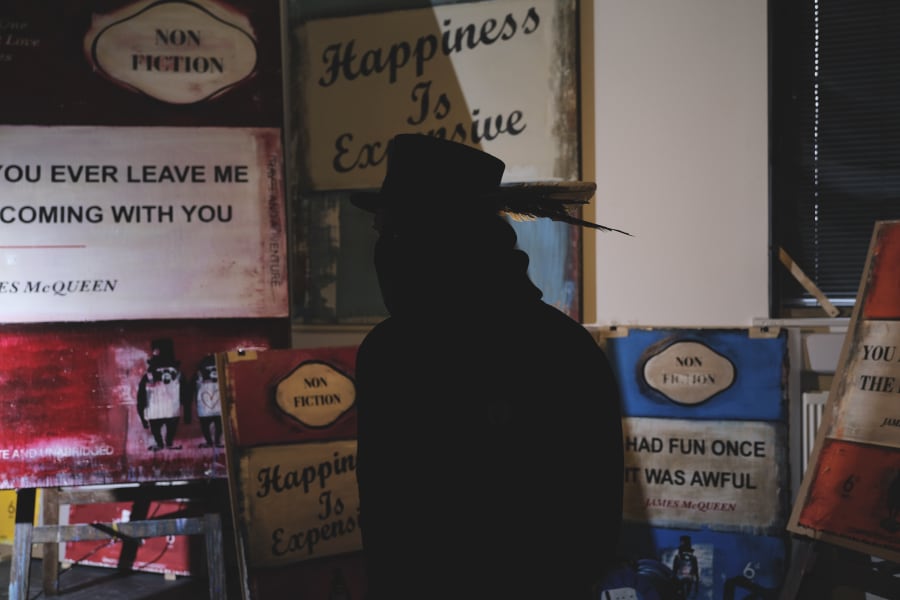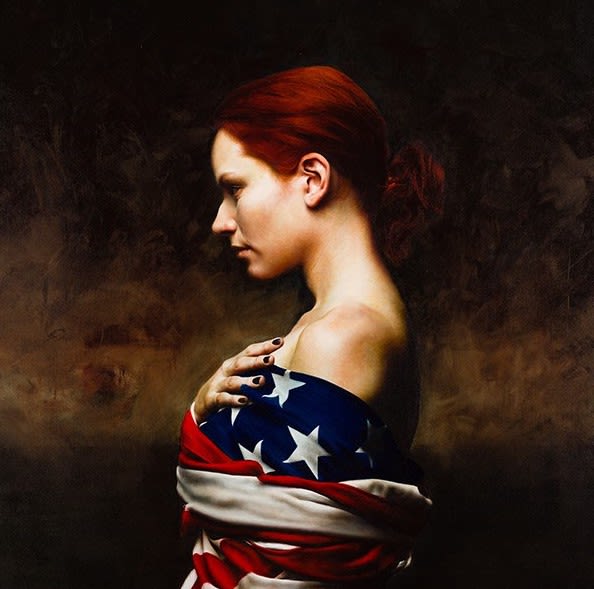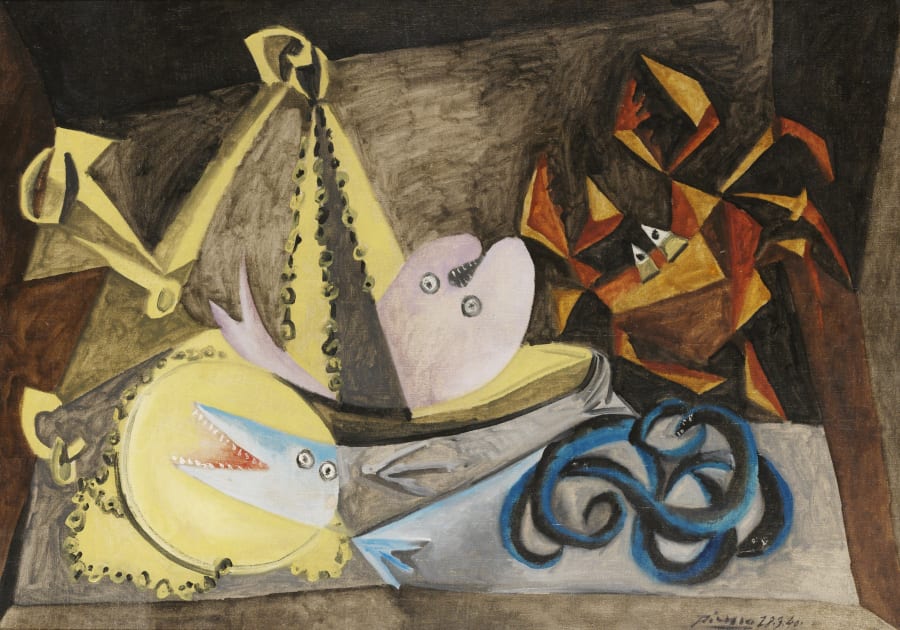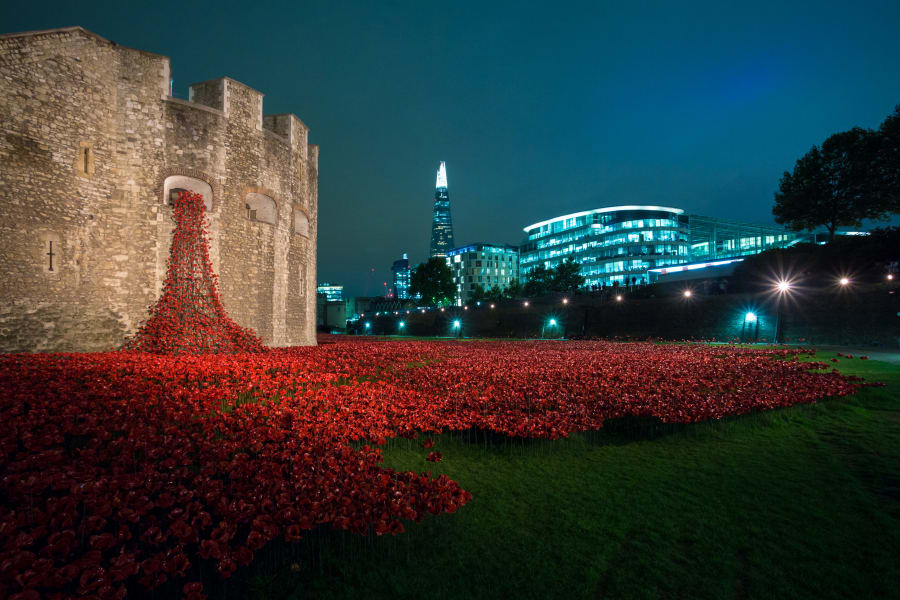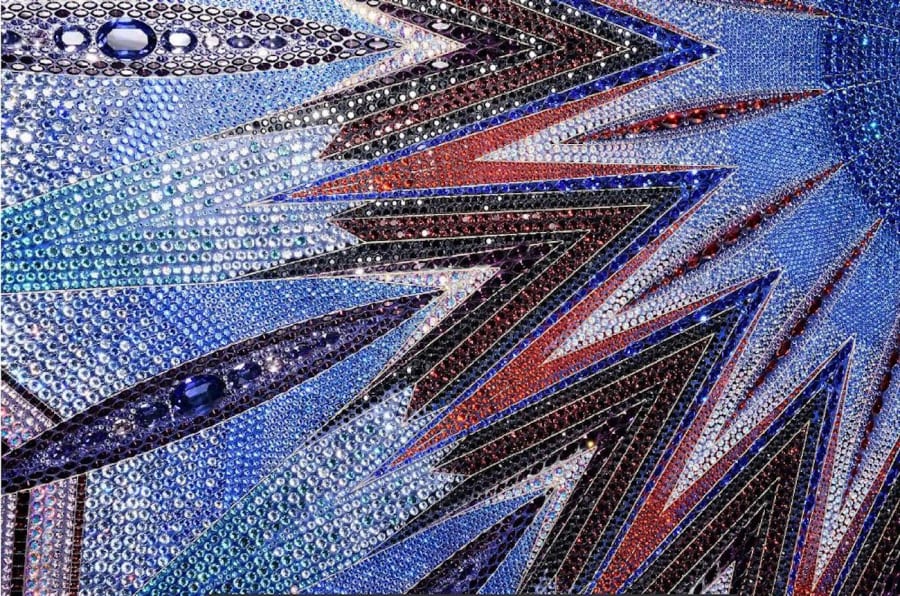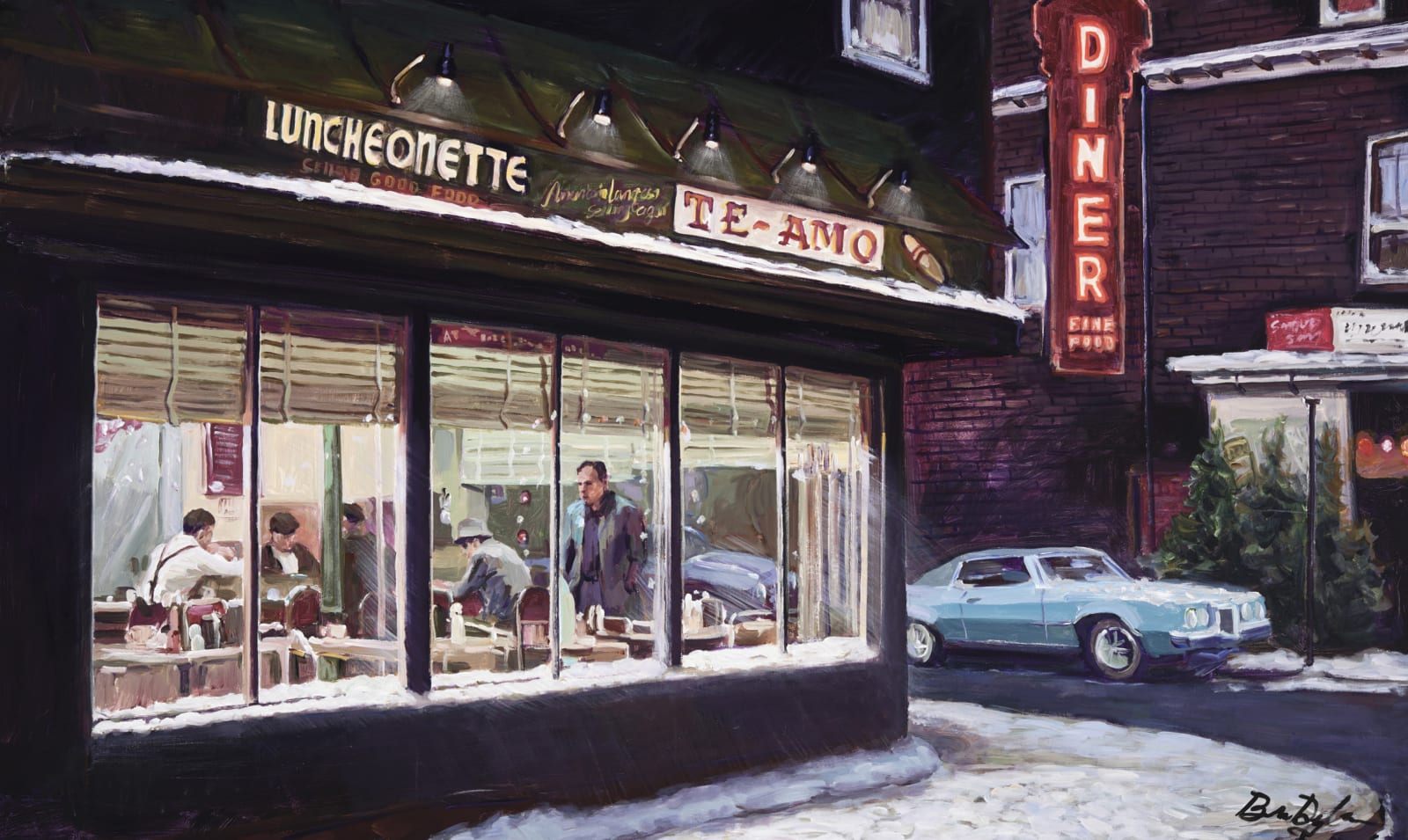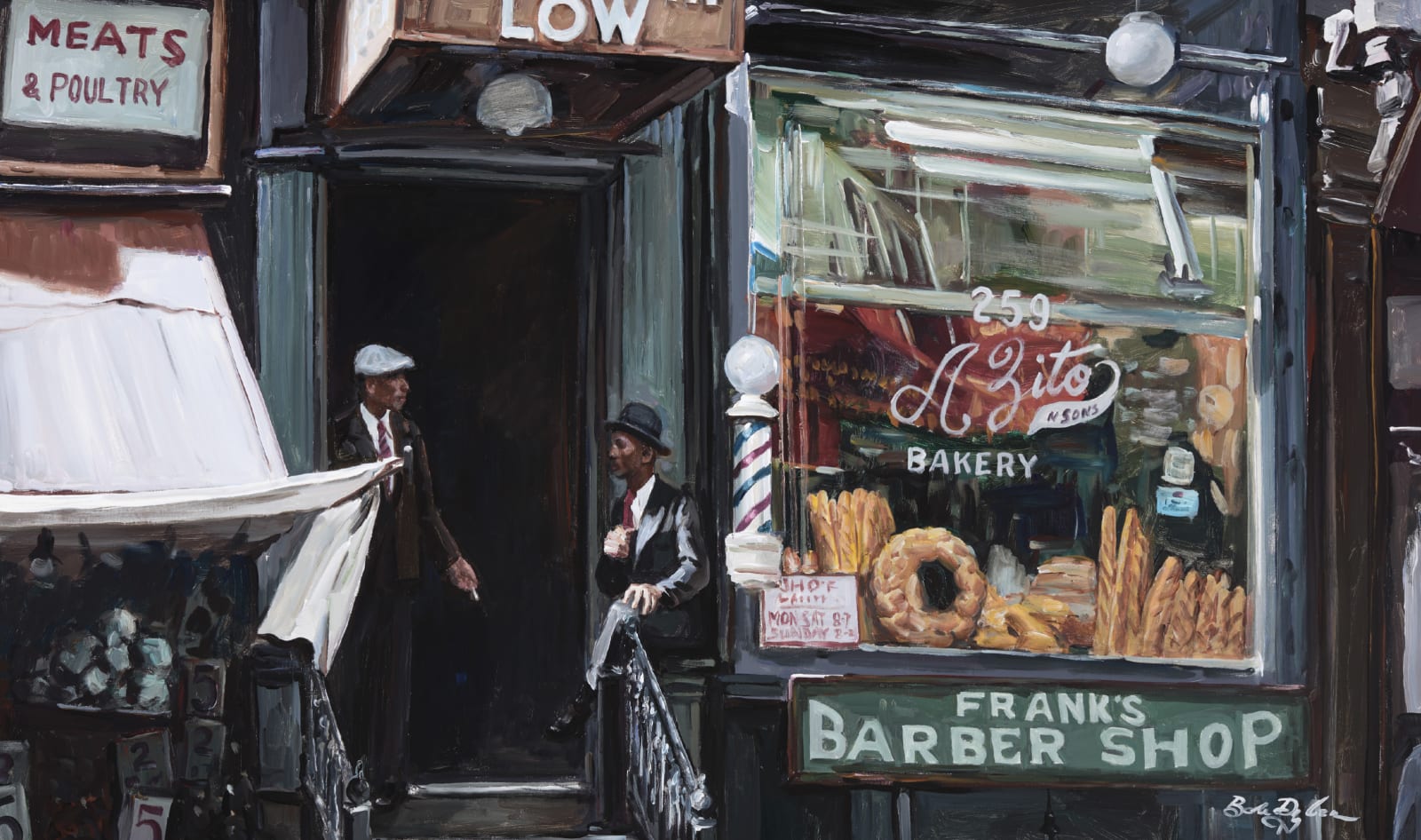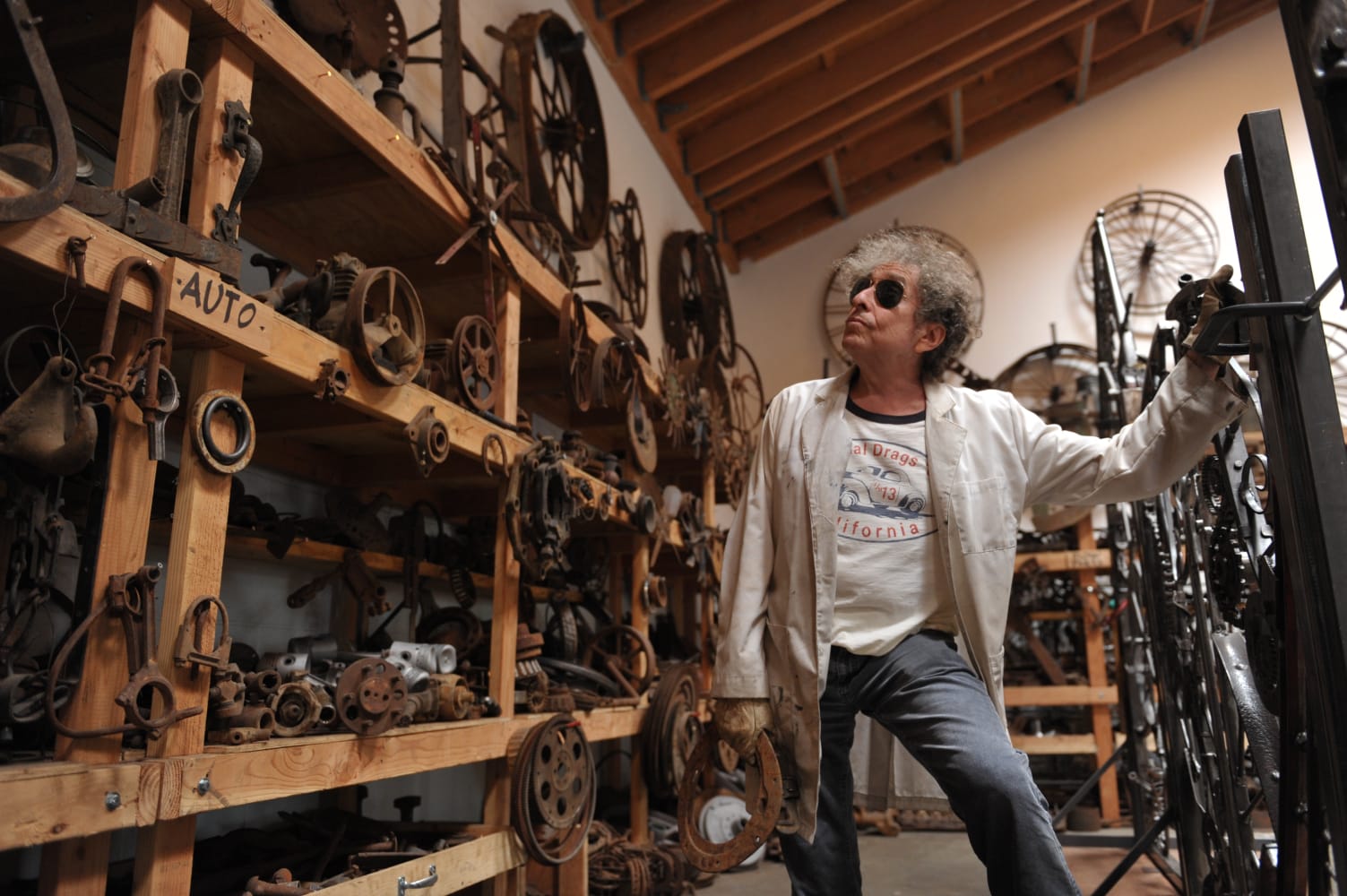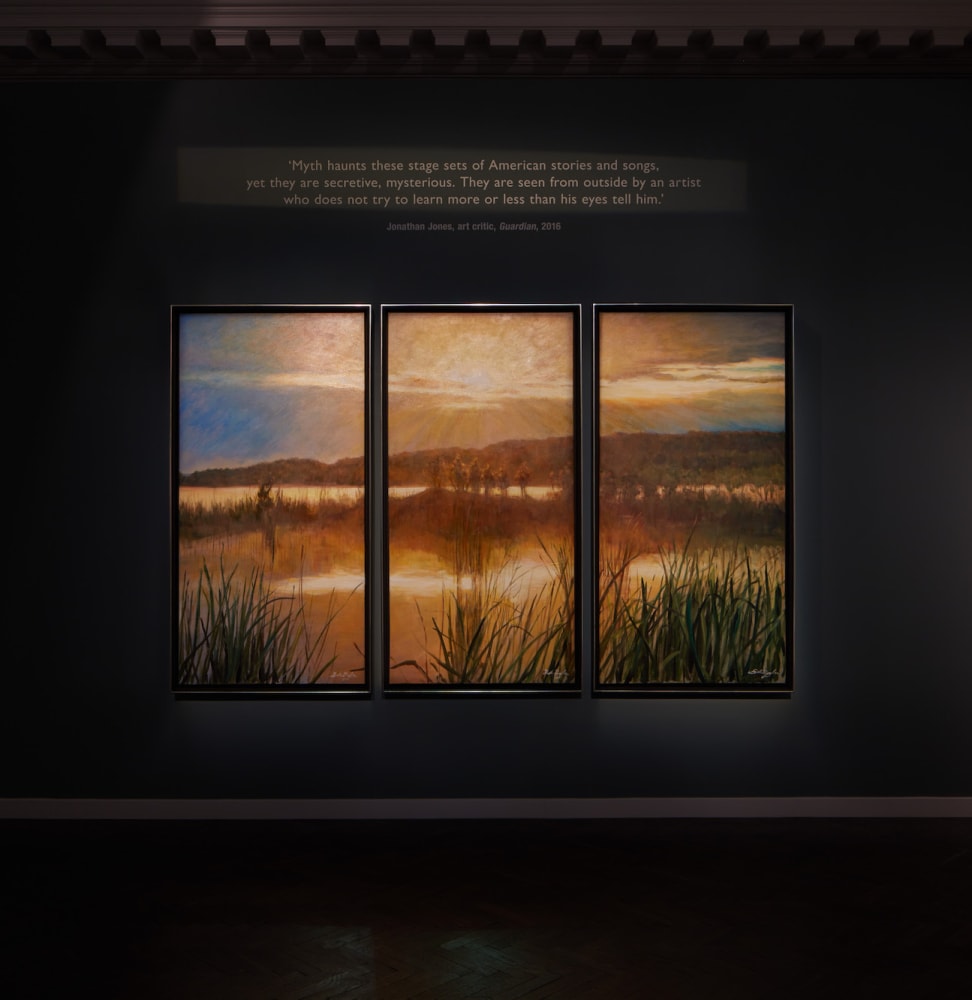

Collecting Guide: The Silkscreen
Collecting Guide: The Silkscreen
Andy Warhol
/
Andy Warhol (1928 – 1987) explored the intersection between art and commerce like no other artist in history. Beginning his career as a commercial illustrator, his transition to contemporary artist was marked by the depiction of everyday products such as Campbell’s Soup cans, Brillo boxes and Coca-Cola bottles.
Discover more about Andy Warhol's Silkscreen method. If you are interested in adding to your collection, speak to an art consultant now.





